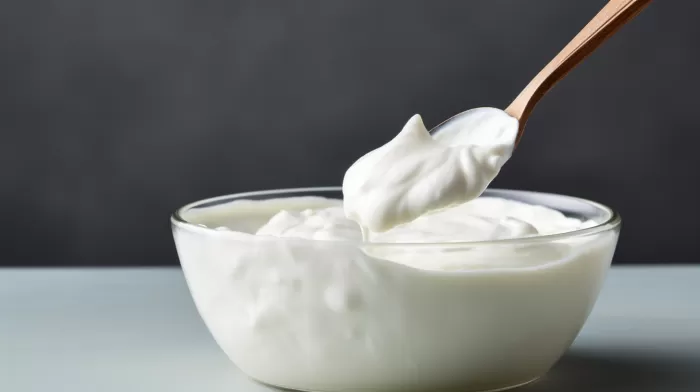Have you ever wondered why food appears more appetizing on certain plates or why you tend to enjoy your drink more in a particular glass? Well, that’s because you’re not just tasting with your tongue, but through your eyes as well. Our perception of food goes beyond just taste. It’s a multisensory experience that involves touch, aroma, and of course, visual presentation. The color of your tableware can actually impact your overall experience and satisfaction with a meal. The more pleasing it is to your eyes, the better it seems to taste.
Seeing Is Believing
Scientists at Oxford University discovered that eating white yogurt with a white spoon made it taste sweeter and more refreshing, while eating the same yogurt with a black spoon significantly diminished the sweetness and satisfaction. In another example, cheese is perceived to be saltier when eaten off a knife rather than a spoon, fork, or toothpick. Similarly, beverages consumed from colored glasses seem more refreshing than those served in transparent containers.
These surprising findings suggest that our brains make judgments about food before we even taste it, ultimately impacting how much we enjoy what we eat. So, if you want to make your meal more enjoyable, it might be as simple as choosing the right tableware.
The Color of Satisfaction
Researcher Vanessa Harrar proposes that subtle changes in eating implements and tableware can affect not only taste perception but also portion size and how much salt or other seasonings we think we need. This could potentially encourage people to make better food choices by disrupting ingrained color associations which are often influenced by advertising and packaging. Whether it’s the impact of fast-food chains promoting certain colors that encourage us to eat more or simply the inviting appearance of a colorful plate of food, our eyes play a significant role in determining how we experience the things we eat.
But what exactly are the best color choices for tableware, and how do they affect our experience?
Best Colors for Tableware
- White: Clean, classic and bright, white tableware allows the visual appeal of your food to take center stage. When combined with food of the same color, it enhances sweetness and satisfaction. However, studies have shown that serving food on white plates can encourage overeating, as people tend to serve themselves larger portions on white plates compared to more colorful ones.
-
Blue: Known to be an appetite suppressant, blue tableware can make you feel less hungry and help control portion sizes. It’s not a natural food color, so our brains don’t tend to associate it with cravings, making it a great choice for those looking to eat healthier or lose weight.
-
Red and Yellow: These warm colors are often used in the marketing of fast-food chains, as they are thought to stimulate appetite and create a sense of urgency in eating. While they can make your dishes stand out, they might also lead to overeating or rushed meals.
-
Green: As a color of nature, green can stimulate a feeling of freshness and healthiness, making it a suitable choice for presenting vegetables or dishes focused on natural ingredients.
-
Black: A stylish and sophisticated choice, black tableware can create a sense of contrast and elevate the visual appeal of your meal. However, as the study showed, it might lessen the perceived sweetness of certain foods.
Combining Colors for the Ultimate Eating Experience
Now that you know the impact of colors on the taste and satisfaction of your meals, you can play around with different combinations to create your ideal eating experience. Perhaps start by trying a blue salad plate to encourage healthy eating, contrasted with a white dessert plate to enhance the sweetness of your treat. Remember, the key lies in understanding how different colors affect your perception of what you eat, and using that knowledge to make informed choices for a more enjoyable dining experience.
Take some time to experiment with your tableware and find out which combinations are the most satisfying for you. Whether it’s switching up the color of your plates, glasses, or cutlery, there’s a lot to discover about the influence of color on taste. By simply changing up the presentation of your meals, you can ultimately create a more enjoyable and fulfilling eating experience. Happy feasting!



